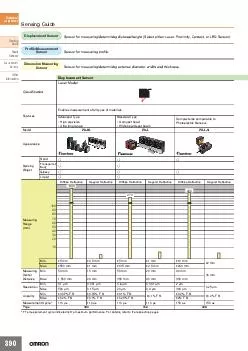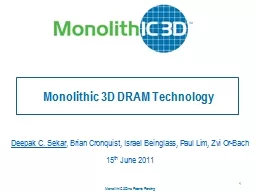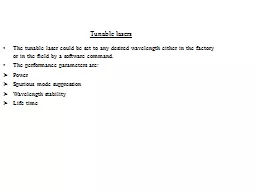PPT-Depleted Monolithic Active Pixel Sensors
Author : contera | Published Date : 2020-07-04
for ATLAS Upgrade Dima Maneuski et al https indicocernchevent640107 Presentation plan Presentation Plan Motivation for the ATLAS ITk Performance requirements CMOS
Presentation Embed Code
Download Presentation
Download Presentation The PPT/PDF document "Depleted Monolithic Active Pixel Sensors" is the property of its rightful owner. Permission is granted to download and print the materials on this website for personal, non-commercial use only, and to display it on your personal computer provided you do not modify the materials and that you retain all copyright notices contained in the materials. By downloading content from our website, you accept the terms of this agreement.
Depleted Monolithic Active Pixel Sensors: Transcript
Download Rules Of Document
"Depleted Monolithic Active Pixel Sensors"The content belongs to its owner. You may download and print it for personal use, without modification, and keep all copyright notices. By downloading, you agree to these terms.
Related Documents












